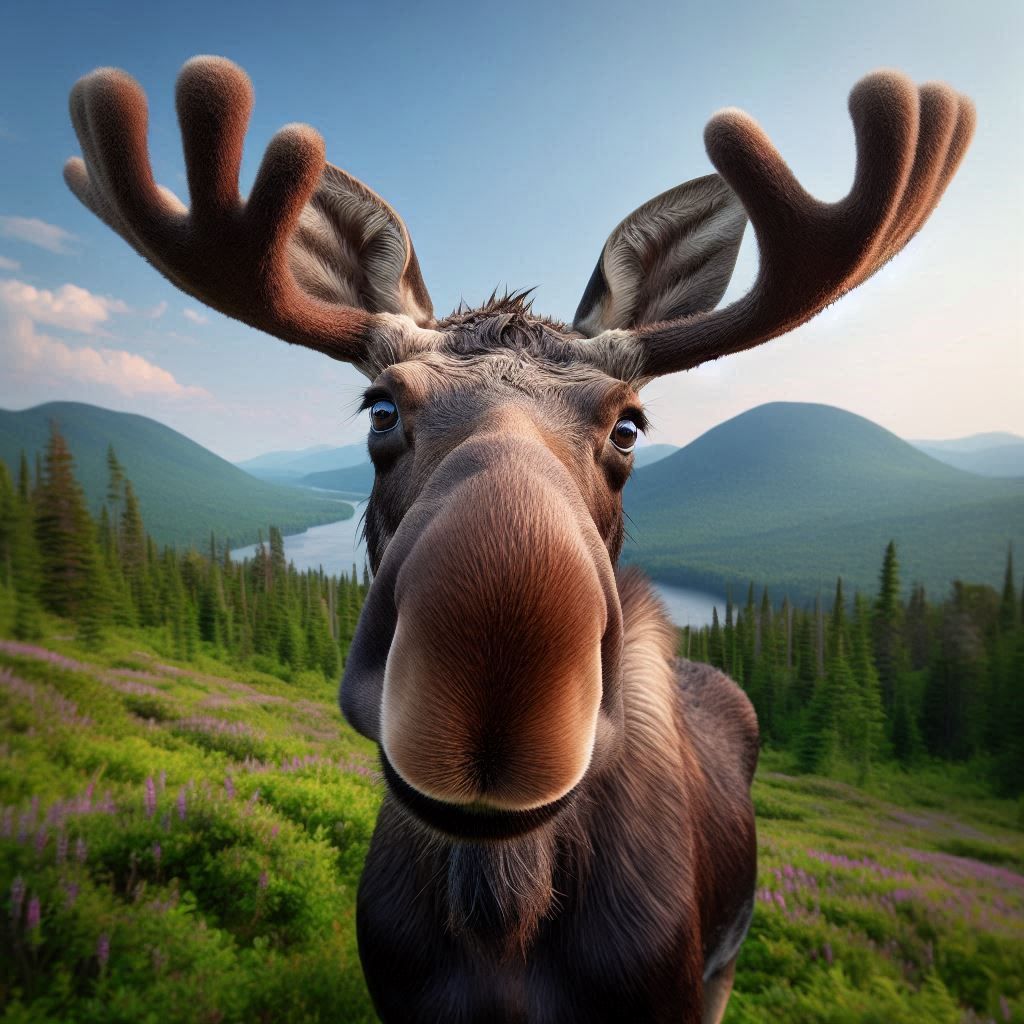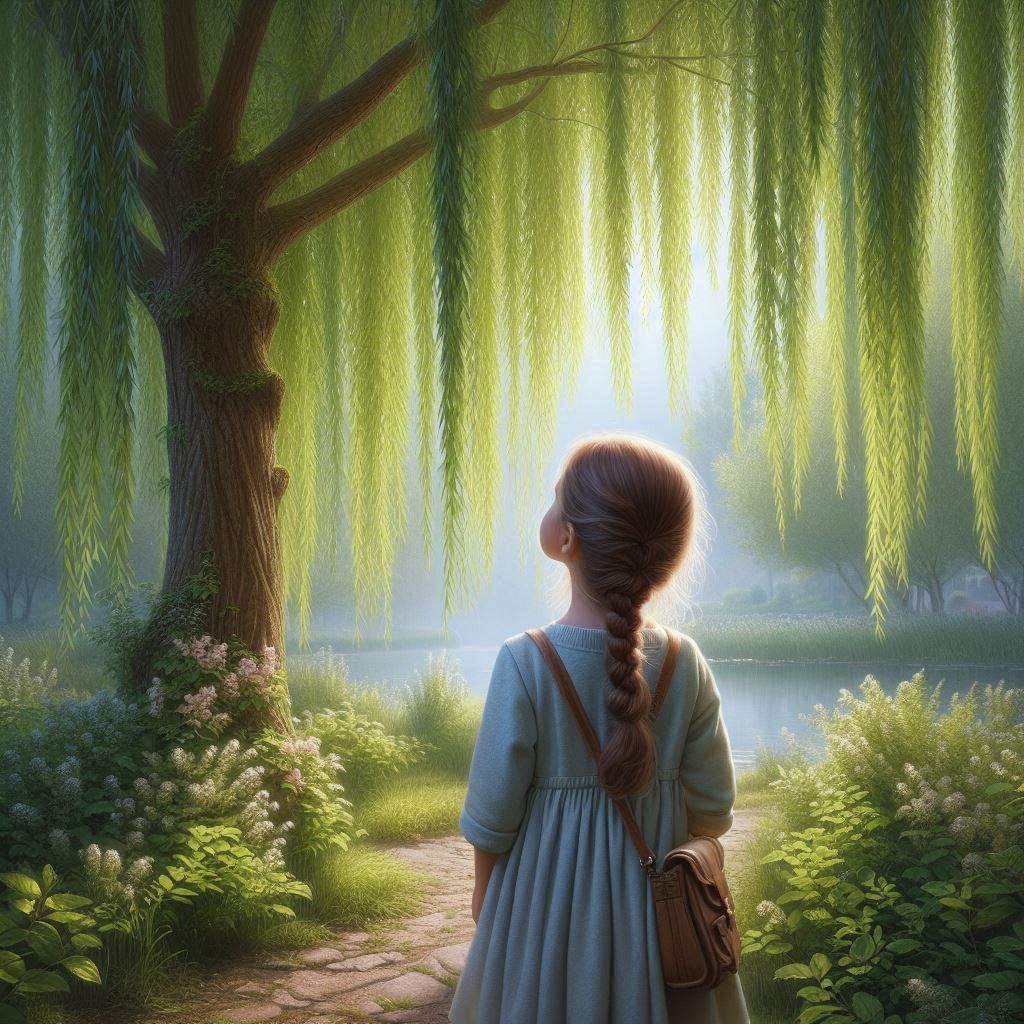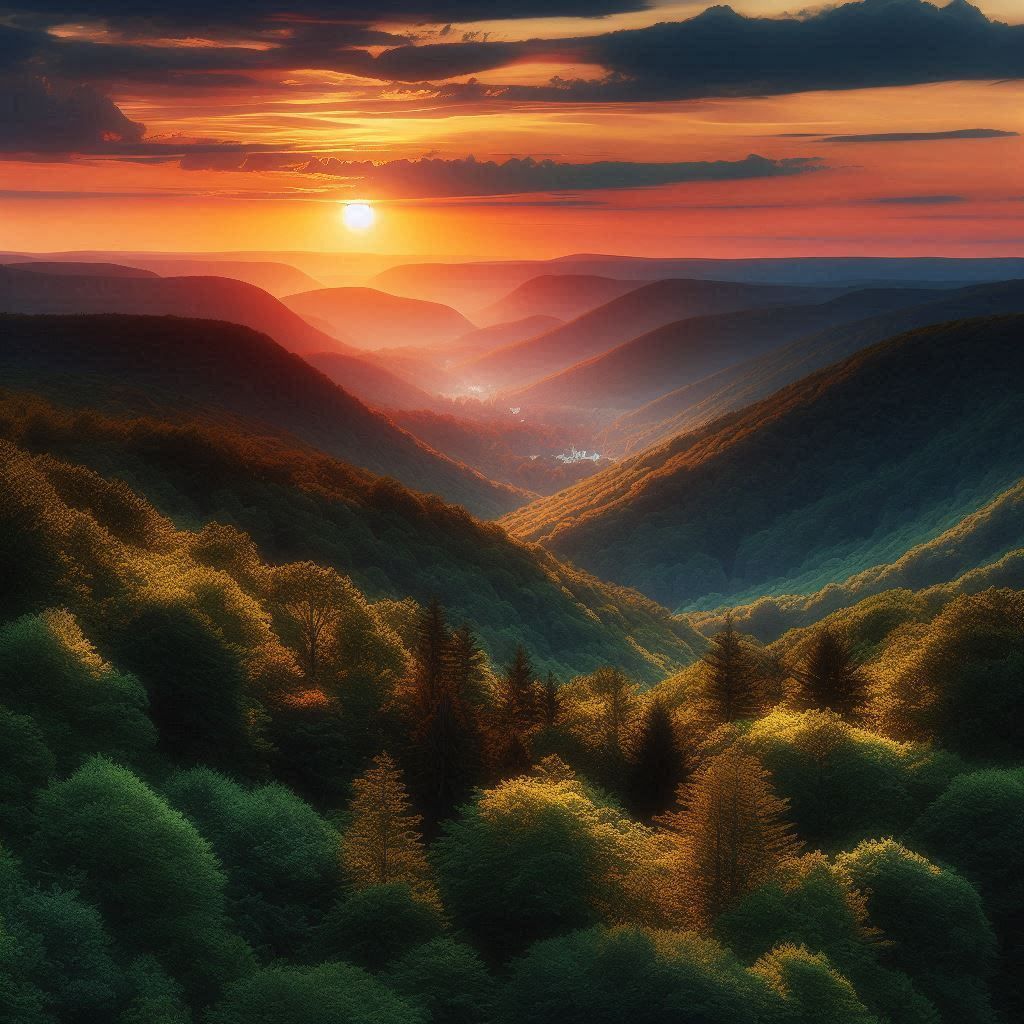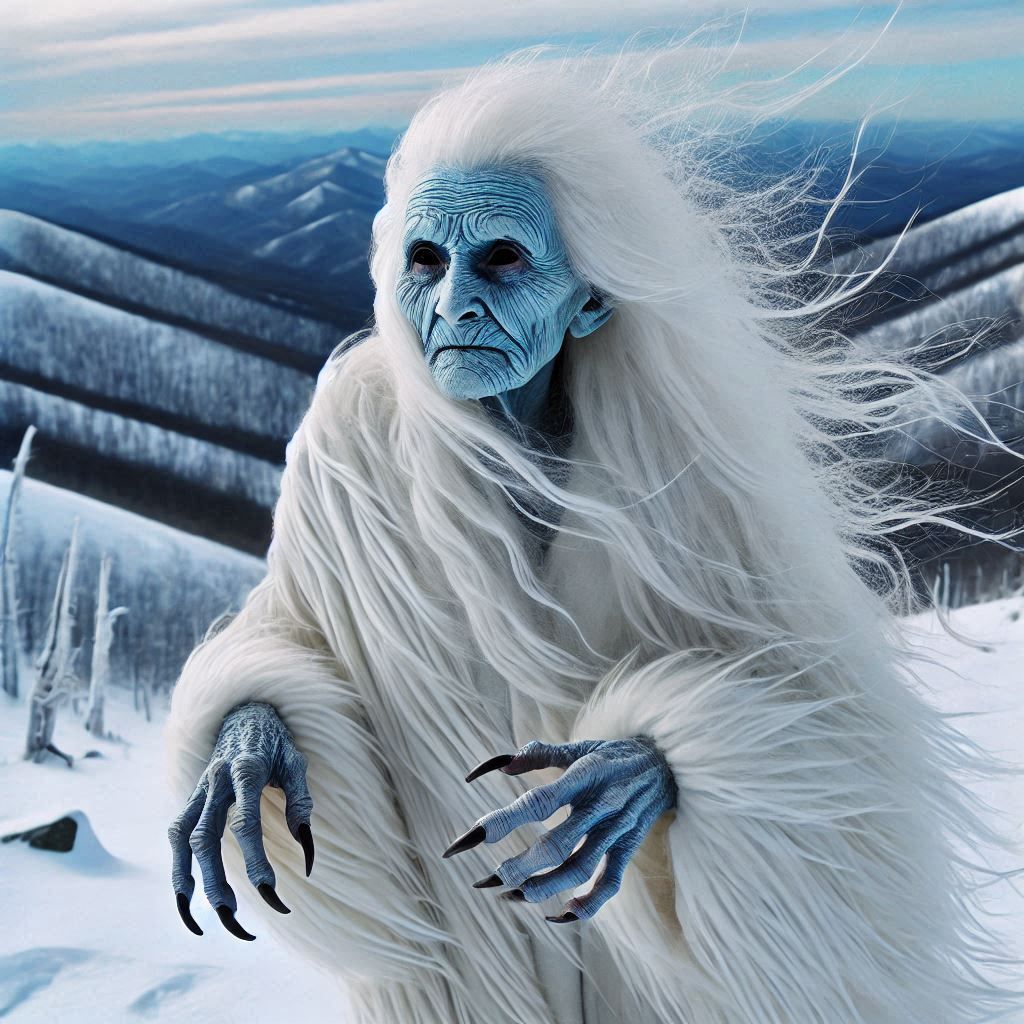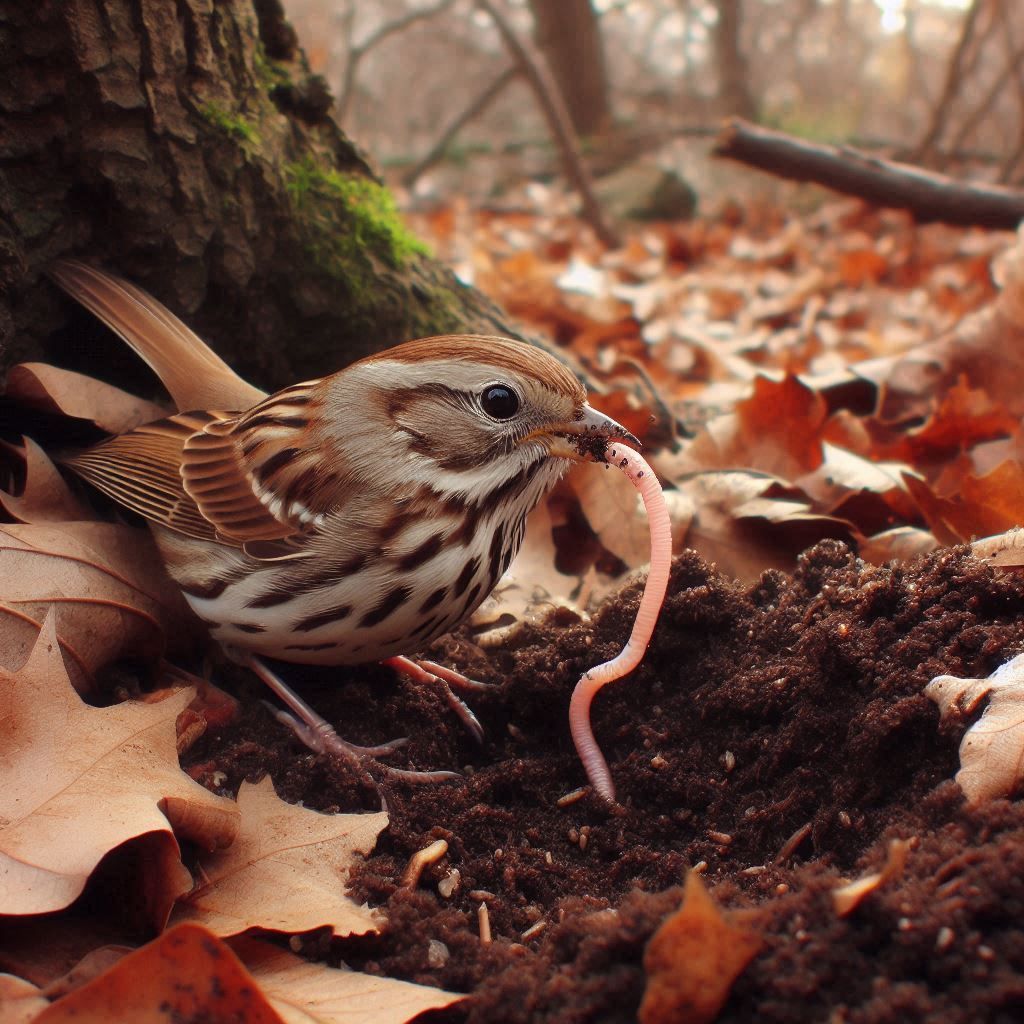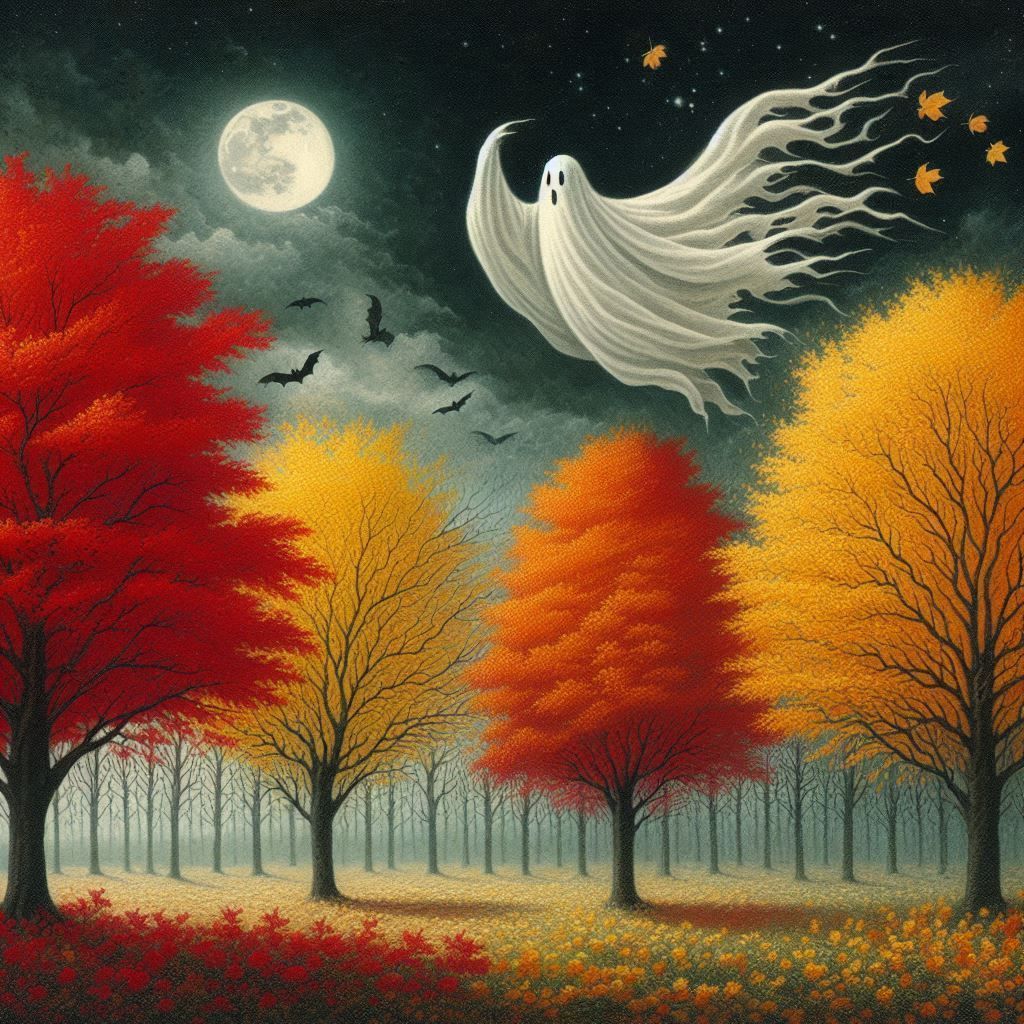Clear Shade
One thing is for certain about me. No one in their right mind would ever call me an athlete. I have no natural ability for sports of any kind. I am clumsy, uncoordinated, and my gait bears an unfortunate resemblance to that of Frankenstein.
When I was a kid, I fit to a T the stereotype of the last child picked and grudgingly so for any team sport. I suppose that is at least part of the reason I eventually became a hiker and cross-country skier. Although my lifelong love affair with mountain woodlands was the primary impetus, by and by, I figured out that hiking and cross-country skiing would give me the freedom to go it alone with no witnesses to my ungainliness and propensity for falling.
It is true. I am not exaggerating. I really was and continue to be a graceless wonder.
I will never forget the time when, upon their request, I took two young women on their very first hike. At the time, I was in my mid-forties, middle-aged or maybe even old in their twenty-something eyes, and I was consequently determined to impress the tenderfoots under my direction and aegis with my hiking expertise and fearless leader skills.
Which is why I chose for our journey a relatively short, easy section of the seventy-mile Laurel Highlands Hiking Trail (LHHT) that runs between the Conemaugh Gorge near Johnstown, PA and the Youghiogheny River at Pennsylvania’s Ohiopyle State Park. It was a segment of the LHHT I had hiked many times. I knew it so well I was positive I could walk it blindfolded without once stumbling, much less falling.
Incidentally, the part of the LHHT I am referring to is also quite pretty. Mountain laurel thickets grow on either side of the trail with such exuberance that here and there their twisted branches meet overhead and form verdant tunnels. Going through those shadowed passageways, especially when the mountain laurels are in white and pink ethereal bloom, is like crossing the enchanted covered bridges of fairyland.
But, once again, it was not enchantment I was going after that day. I had other wants, along with a strategy to achieve them.
However, as they say, “the best-laid plans . . .” Because within thirty seconds and one hundred feet of hitting the trail, I literally did hit the trail. Meaning I fell flat on my face. I was physically uninjured, but so much for being a hiking guru and intrepid guide to wilderness adventures.
Adding to my humiliation, I had tripped on a perfectly flat, level, solid, dry piece of ground. Although I searched and searched, as did my two “protégées,” where I had taken my tumble, there was not a single exposed root or rock to be found. Nor were there any holes or depressions. Likewise, there were no fallen tree branches, soggy moss, mud, ice, or compacted snow. There were no empty beer cans or other trash. Nor were there any sunning turtles or snakes, lost or neglected baby animals, or wildlife carcasses. All hurdles I had already gotten to know up close and personal from frequently going splat atop them. Yet, on this hike upon a pleasant, nontaxing stretch of the LHHT, I had apparently been brought down by nothing other than my two left feet.
Or maybe, just maybe, someone, a fairy or some other supernatural power had blessed me with a mighty push, trying to teach me about the idiocy of false pride.
As for the young women, they were undaunted by my ineptness. They were further kind enough to pretend that they knew without a doubt I had fallen on purpose to bring a little jocularity to our jaunt. All in a selfless attempt to make their newbie selves less intimidated by my far superior prowess.
Wow! I had no adequate response. Well, other than to join my two charitable companions in a good laugh at my brainless mishap turned brilliant performance. Afterwards, we again set out and went on to have a lovely hike together, the entirety of which I somehow managed to stay upright.
And that brings back a different memory of another shared hike with another gracious, albeit brutally honest companion. The hike I am remembering now happened around twenty-five years ago. It took place on the Old Rag Mountain Loop in Virginia’s Shenandoah National Park. My partner that time was a dear friend and native of the Swiss Alps whom, to this day, I consider the most agile and accomplished hiker I have ever known. It was she, following a strenuous climb up Old Rag, as we stood upon its boulder-strewn summit and looked out on its spectacular, panoramic, pristine view, it was she who correctly told me I walk like Frankenstein. Which, for me at least, made that hike forever memorable.
In response, no, I did not send my friend plummeting off Old Rag. Instead I asked, with admittedly some indignation in my voice, “Well, if that’s true, why in the world would you want to hike with someone who walks like a monster?” Without skipping a beat, she answered, “Because you have a beautiful respect for the mountain.”
That was one of the highest compliments I have ever received. So many tears welled up in my eyes, my vision became alarmingly bleary. It is by sheer luck I too did not take a tragic dive off Old Rag.
I just hope, in the many years that have passed, I have lived up to my friend’s estimation of me. I hope I have always given due respect, not just to any mountain, but to all land, fire, water, and air. They are my elders. Like my human ancestors, they shaped me long before I was born, and my fate is tied to theirs. Without them, I would not exist. Without them, I cannot live.
Since those two hikes of long ago, not much has changed. I continue to be an avid hiker and cross-country skier. I also continue to fall down on the trail from time to time. Nonetheless, experience has taught me never to be embarrassed by doing something I love. Even if I am not all that proficient at it.
So, I hike, ski, and fall on.
There are so many exhilarating hiking trails right here in the Allegheny Mountains of Appalachia that I am unable to pick a favorite. However, I do have a favorite cross-country ski trail. It is the John P. Saylor Trail in the Clear Shade Wild Area of Pennsylvania’s Gallitzin State Forest.
It is a little confusing as the seventeen-mile John P. Saylor Trail is broken up into smaller trails with additional names. The way I normally go involves, I believe, three of those trails. You would think I would know for sure since I have been skiing Clear Shade for forty years. But I don’t. I guess because I have become so familiar with my chosen route, I no longer need to consult a map or trail markers. The names of the separate trails have thereby lost relevance and been forgotten.
What remains unforgettable though is Clear Shade in snow. On such special occasions, there is no place more heavenly, and there is no ground more hallowed. Its Eastern hemlocks are the living proof. Established groves of those lofty, solemn trees make up much of the wild area’s forest. In a fallen snow, with their trunks standing like columns, the snow decorating their branches like high relief sculptures of marble, their canopy soaring overhead like a vaulted ceiling, and the majestic hush sounding within their sanctuary, the hemlock woods are nature’s cathedral.
Another dazzling, while also dizzying feature of the John P. Saylor trail is the roughly sixty-foot swinging bridge that goes over the equally dazzling and dizzying Clear Shade Creek. Klutz that I am, it is always with some trepidation that I ski across that dangling, swaying excuse for a safe and solid footway. But fun urges me on beyond fear. I’m lucky that way.
Although I don’t know for certain, my guess is the creek is half the reason why both it and the surrounding wild area have the oxymoronic and curious name of Clear Shade. The creek is crystalline and appears sparkling clean. Trout, both stocked and wild, live within its waters, and all trout, while not necessarily in need of clear water, can exist only in clean, unpolluted water. They also need cold and highly oxygenated water.
My further hunch is that the forest canopy covering various lengths of the creek flowing through the wild area is the “shade” in Clear Shade. The recognition is well-deserved since trees on the banks of waterways contribute to the good health of those waterways. They filter out excess sediment, nutrients, and toxins before they can wash into the water. They reduce erosion and flooding. Their shade helps keep the water sufficiently cool. Shade also indirectly helps maintain adequate oxygen levels since cooler water can dissolve oxygen more easily, as well as hold more oxygen than warmer water.
While I only have guesses as to how Clear Shade got such a contradictory and peculiar name, I know it is the right name. Because essentially that is what Clear Shade is. Like any wild area, it is an open haven, a clear shade from the woes of this world. Something I think we all need.
In recent years, there have been entire winters when I have missed cross-country skiing. Lack of snow is the reason. Even when there is enough snow, more and more, there is less and less, and shorter and shorter is the spell it remains.
Naturally then, a few weeks ago when there was enough snow, I wasted no time hitting my favorite heaven on earth to cross-country ski. As is often the case, I had the wild area all to myself. Its trails had not been broken, and in the four hours I spent skiing through virgin snow, I saw not one other person.
Which was great. I love having Clear Shade all to myself. In the cathedral hush of the forest, positive thoughts and feelings flow freely, lightly tripping over and eroding the stones of despair, fear, and anger in my mind and heart. Hope grows as tall as the tallest hemlock. Bliss and serenity, pure as the driven snow, are mine, and I am in amazing company.
Still, I wonder. Where are all the people?
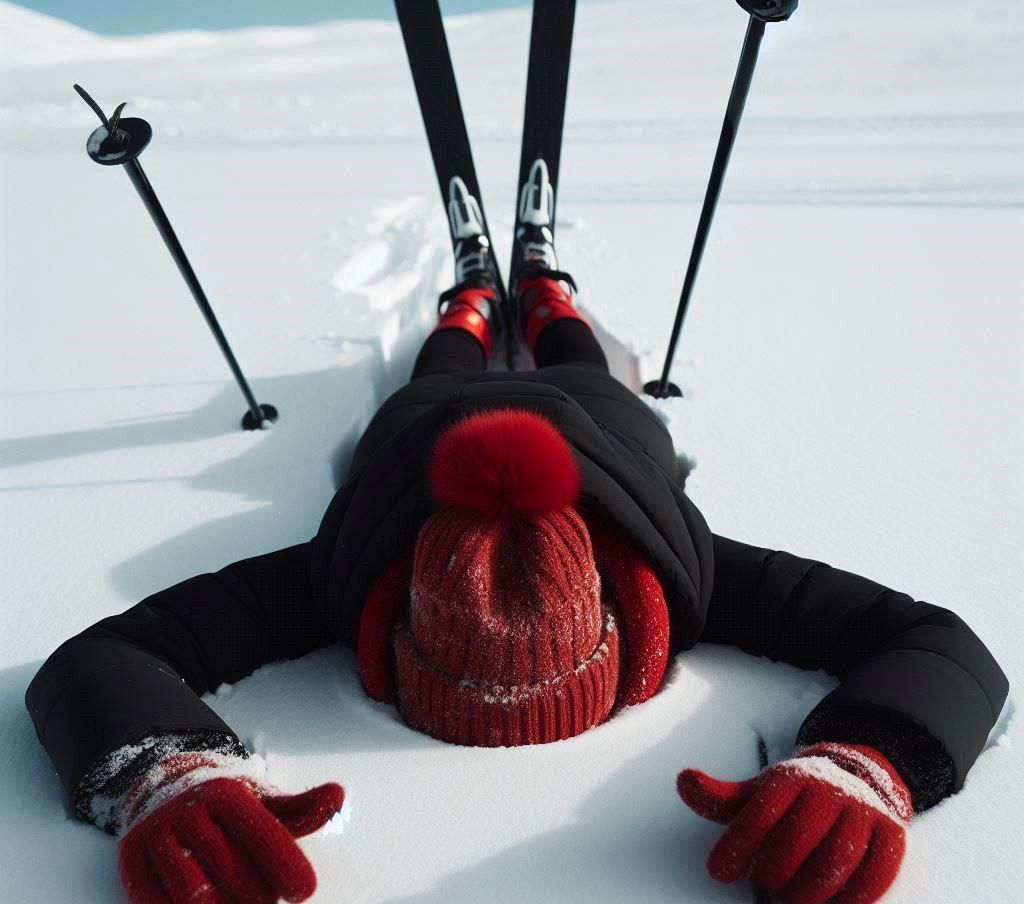
Credit: Bing Image Generator
Share this post via
